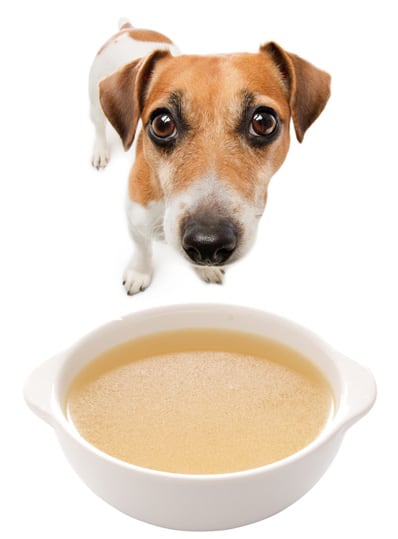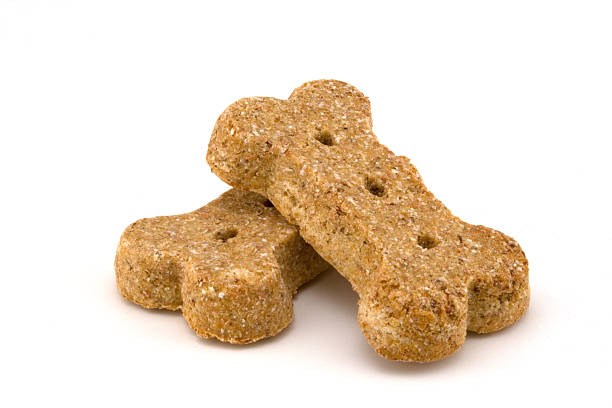Many fruits are completely safe for dogs to eat, but mangoes contain ingredients that could be deadly. Let’s explore the crucial information you need to know before giving your dog mango.
A common ingredient in human foods, such as fruit drinks and smoothies, mango is also a popular snack among dogs. But while mango may be tasty and healthy for people (it’s packed with vitamins A and C), the fruits can cause serious problems for dogs.
How Much is Safe
One of the significant concerns with feeding dogs mango is the quantity. According to veterinarians, even a few fruit bites can be dangerous for your dog. That’s because raw parts of this fruit are poisonous to pets.


What are the Signs?
If your dogs eat mango, you may not see symptoms for a few days. But if your dog ate enough of the fruit to cause poisoning, he could show signs within 24 hours, including:
- Diarrhoea
- Vomiting
- Low energy, weakness or fatigue (malaise)
- Loss of appetite and/or decreased thirst (anorexia)
If you notice any of these symptoms, contact your veterinarian immediately. If a dog ingests enough mango, we can see profound effects that look like an acute hemolytic crisis. This is where their red blood cells essentially explode, and they go into multi-organ system failure.


How much mango is too much?
According to veterinarians, even a small amount of raw mango can make your dog sick. If you’re concerned about your dog eating mango, talk to your vet about safe alternatives.
Mango is dangerous for all dogs, but some pets are more at risk than others. Puppies and older dogs and those with health problems may be more susceptible to the toxins found in raw mango.
You may want to try some alternatives: The Five Healthiest Foods to Give Your Dog
What should I do if my dog ate mango?
If your dog ate a little bit of mango fruit, you may not have to take any action. Just monitor the pet closely and contact your vet if you see any symptoms, as listed above.
However, if the consumption is more significant, it’s crucial to take action immediately. If you don’t, we can see profound effects that look like an acute hemolytic crisis.
Some symptoms may present themselves within a few hours of ingestion, so if there is any chance your dog ate mango, call your vet right away to discuss treatment options.
You may also read: How to Choose the Right Food for Your Dog


How is mango poisoning treated?
If the toxicity is caught early, your veterinarian may induce vomiting to rid the body of toxins before they can cause any damage. However, because symptoms don’t usually present until several hours after ingestion, inducing vomiting may not be an option once symptoms appear.
If this is the case, or if your dog is already experiencing symptoms such as diarrhoea, you may need to give the dog activated charcoal to absorb the toxins. If your pet shows signs of anaemia – lethargy, weakness, and pale gums – we can also treat it with intravenous fluids and oxygen therapy.
Depending on how much mango your dog consumed and how long ago, we may also suggest blood transfusions.


What should I do if my dog eats mango?
If you ever suspect your dog ate mango, immediately call your veterinarian. We recommend inducing vomiting or administering activated charcoal to absorb the toxins depending on the quantity and time elapsed since ingestion. If symptoms begin appearing, we can treat them with intravenous fluids, oxygen therapy, and blood transfusions if necessary.
Conclusion
Mangoes may be delicious and nutritious, but they can also pose a serious risk to your dog. Whether they eat the raw fruit, juice, or puree, mangoes contain compounds that can cause your dog’s red blood cells to rupture (hemolytic anaemia) and lead to death.
If you ever suspect your dog ate mango, immediately call your veterinarian for treatment advice based on how much was consumed and any symptoms that appear within 24 hours of ingestion. Taking these precautions now could save you from losing a pet later.


